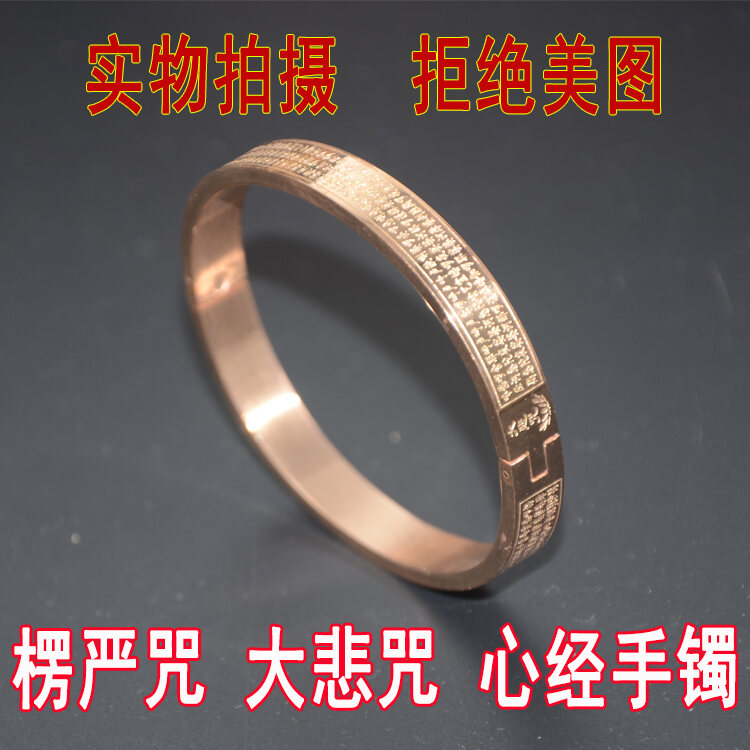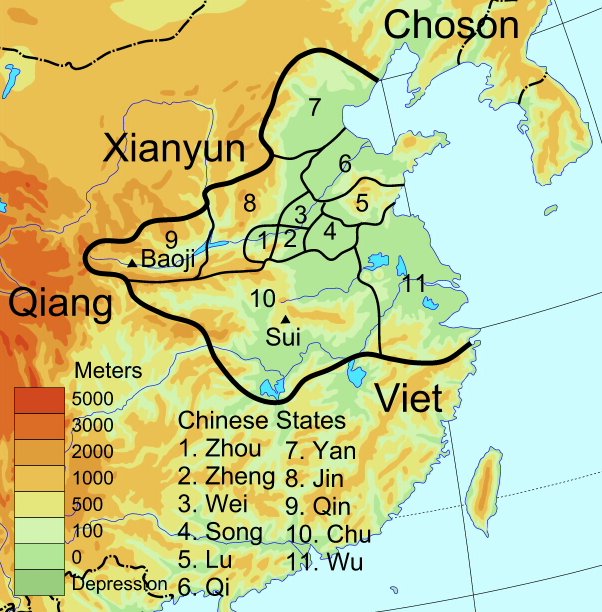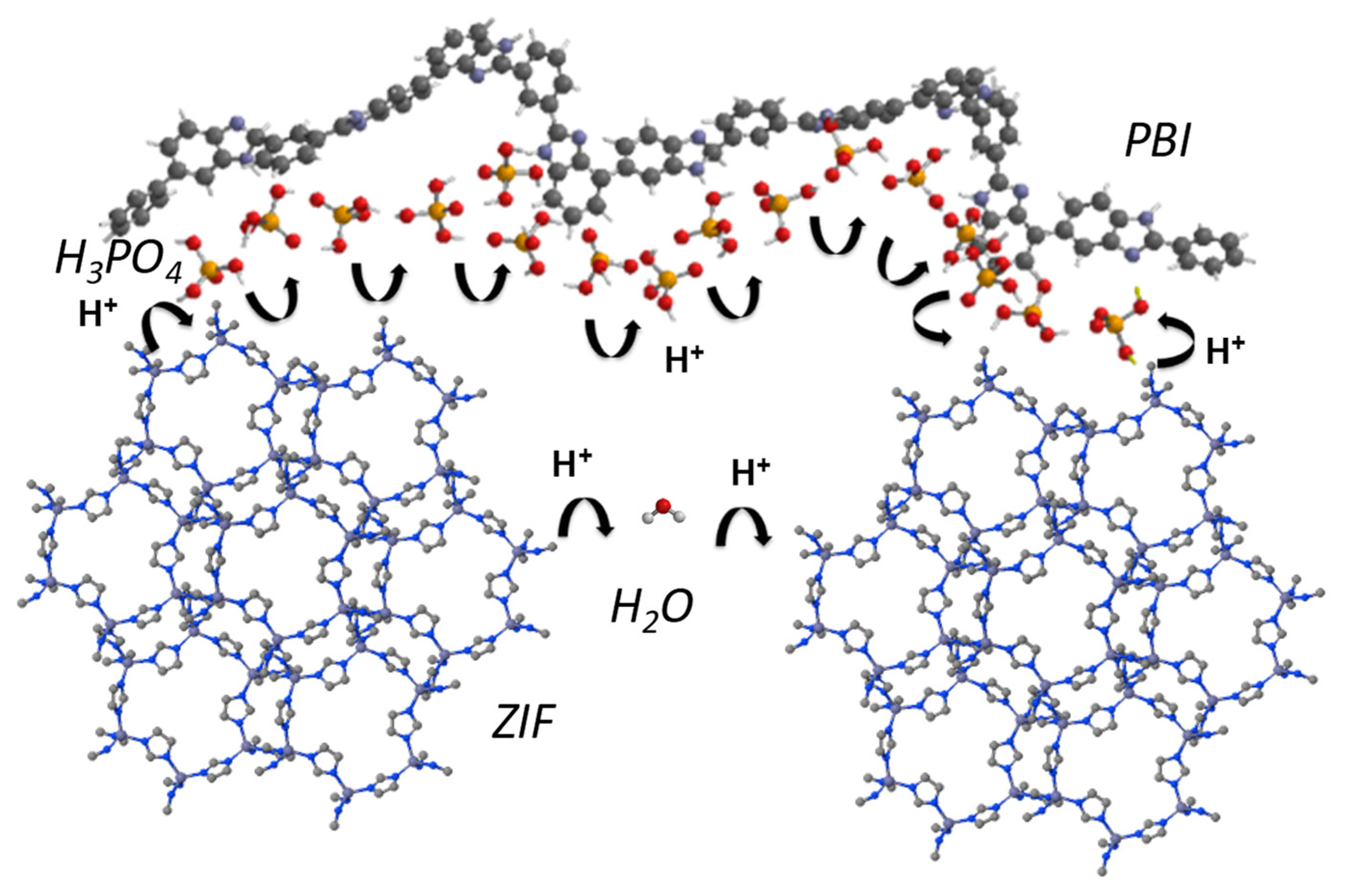

Novel features of decoration were "snails" with horns and beasts with wound-up bodies. While ding typically had handles at the top of the rim, gui vessels were held by handles attached to the sides of the vessel body. The gui became a standard vessel, for which the Zhou invented a large square base ( fangzuo gui 方座簋) which made this type of kettle very impressive. The ding tripods of this time had feet shapes like hooves which were rising into a lobed body ( fendang 分襠), thus merging the traditional li 鬲 with the ding. The largest vessel from the Western Zhou period found so far is the Hu gui 㝬簋, with a height of 59cm and a weight of 60kg (Wu 1994: 178). From Zhongguo qingtongqi quanji bianji weiyuanhui 1996: Xizhou 1, nos. The small cover has a knob in the shape of a tiger. Bottom right: zun in the shape of a buffalo, height 24cm, length 38cm. Bottom left: vase Shang zun 商尊, height 30cm, diameter 23cm. Top right: Cauldron Li gui 利簋 with a large square base, height 28cm, diameter 22cm. Top left: Tripod Da Ke ding 大克鼎, height 93cm, diameter 75cm. The traditional Shang wine vessels were replaced by ding 鼎 and gui 簋-type food vessels.įigure 1. The Zhou believed that the immense consumption of wine for banquets or sacrifices was one reason for the downfall of the Shang – and therefore proclaimed the address Jiugao 酒誥 "Announcement on drunkenness", today a chapter of the Classic Shangshu 尚書 "Book of Documents". All these inscriptions mention events of local history.Įven if early Western Zhou vessels resemble Shang-period vessels in shape and style, there are some differences, the most visible of which is the drastical decrease of wine vessels ( jue 爵, gu 觚, jia 斝, zhi 觶). Some inscriptions are testimonies of state history, like the Li gui 利簋 inscription which mentions King Wu's 周武王 annihilation of the Shang, the He zun 何尊 vessel which mentions King Cheng's 周成王 foundation of the eastern capital Luoyang, the Shi Qiang pan 史牆盤, which points at several highlights in the history of the early dynasty, or the Yi hou Ze gui 宜侯夨簋 found in Dantu 丹徒, Jiangsu, or vessels found in Liulihe 琉璃河 close to Beijing, where the lords of the regional state of Yan 燕 resided. Some texts were used as "propagandistic" material (Kern 2009: 152) to hail the virtuous government of the Zhou as it was sanctioned by Heaven (see Zhou religion), but also admonished the next generation and the regional rulers to stick to these principles.

They served to record the history of a family, for instance, by citing events like presents or appointments by the king of Zhou.


Inscriptions on bronze vessels ( mingwen 銘文, jinwen 金文), usually attached to the inner side, played in important role in Western-Zhou period 西周 (11th cent.-770 BCE) bronze vessels. With the help of bellows, temperatures above 1200☌ could be reached. The walls of the furnace were made of adobe bricks, had a diameter of 1.5m, and the furnace was heated with the help of bellows, of which a pottery tube has survived. North of the secondary capital Luoyang 洛陽, the remains of a furnace were found which was part of a workshop complex of no less than 10,000m 2 size (Wu 1994: 176). Some regions developed their own tastes and styles. Yet the richest finds were made in the homeland of the Zhou – southern Shaanxi – and in Henan. The technique and art of manufacturing decorated and inscribed bronze vessels spread from the Central Plain to all parts of the Zhou empire, and in practically all contemporary sites, ritual vessels were found. The Zhou 周 (11th cent.-221 BCE) took over this skill, quite probably by seizing metal workers in the foundries of the Shang 商 (17th-11th cent. The technique of bronze casting with the help of moulds was invented during the Erligang period 二里岡文化 (1600-1400 BCE).


 0 kommentar(er)
0 kommentar(er)
